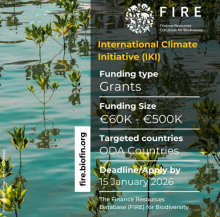
Microplastic pollution in marine environments is concentrated most highly in coastal habitats, especially fjords and estuaries, according to a new review article published in the journal Marine Pollution Bulletin. Deep sea environments generally have much lower microplastic concentrations, although there are hotspots where elevated concentrations of microplastic occur. Each year humans produce 360 million tons of plastic, and according to one study, around 8 million tons of it enters the ocean.









